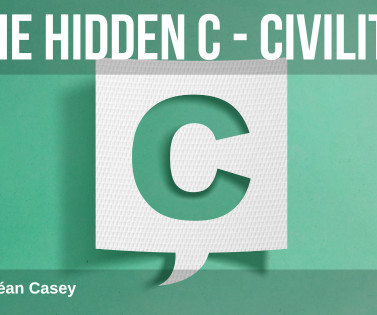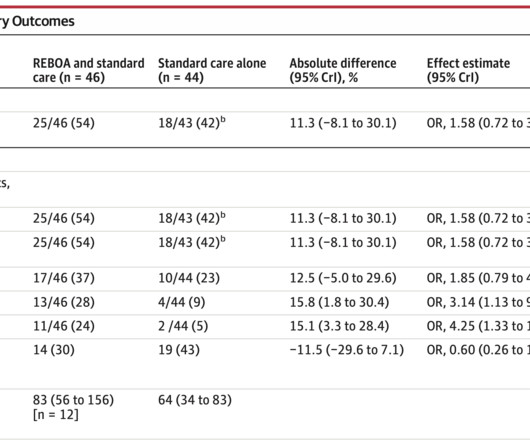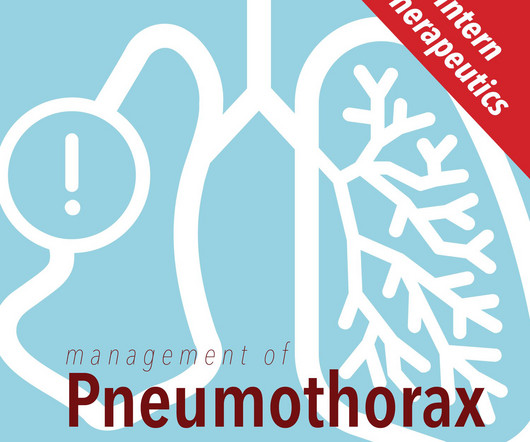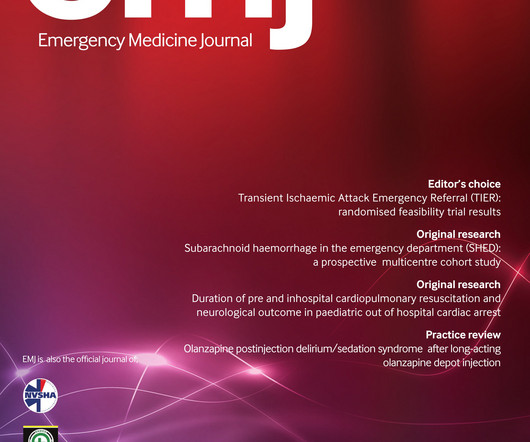The ‘Hidden C’
Don't Forget the Bubbles
JUNE 17, 2024
The Importance of Civility in Critical Care Resuscitation A 3-year-old patient with diabetic ketoacidosis arrives at your ED. While you are leading the resuscitation, one of your senior colleagues belittles a junior staff member for struggling to site an IV line. Conclusion Critical care resuscitation is stressful.




























Let's personalize your content